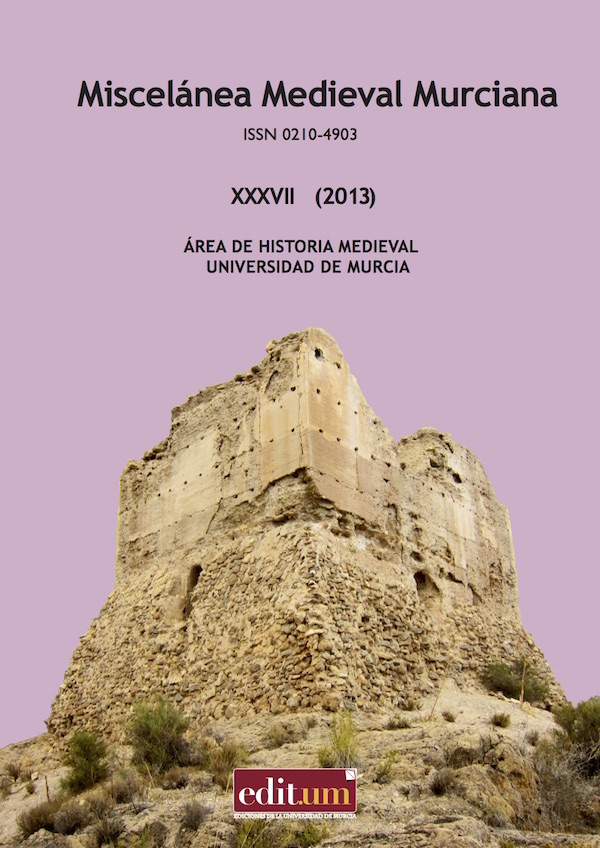Carne y símbolo: Toros en las tierras madrileñas durante el Medievo
Abstract
In this paper an analysis is made of the role played by bovids at large (i.e., the species Bos taurus that includes cows, calves, oxen, and specially bulls) during the Middle Ages. The aim is to reveal the symbiosis existing between the symbolic and biological roles played by the bull. For this reason, the first part of the work, dealing with the animal as a provider of meat, the material relationship between people and cattle is exemplified in the exploitation of the animal not only for dietary purposes but also as a provider of other goods, as well as its connections to the Mesta. In the second part, addresses the role of the bull within the non- material realm as well as the differences existing between its religious and civil connotations. Lastly, we address the interrelationships between the natural and mental or symbolic spheres as exemplified by medieval bullfights. The differences between these early events and those taking place nowadays are evident and thoroughly surveyed. Medieval Madrid was not alien to any of these traditions that include beef production, leather, blood, art and symbol and the material expression of such developments is embodied by a specific breed named the jarameño.Downloads
Las obras que se publican en esta revista están sujetas a los siguientes términos:
1. El Servicio de Publicaciones de la Universidad de Murcia (la editorial) conserva los derechos patrimoniales (copyright) de las obras publicadas, y favorece y permite la reutilización de las mismas bajo la licencia de uso indicada en el punto 2.
2. Las obras se publican en la edición electrónica de la revista bajo una licencia Creative Commons Reconocimiento-NoComercial-SinObraDerivada 3.0 España (texto legal). Se pueden copiar, usar, difundir, transmitir y exponer públicamente, siempre que: i) se cite la autoría y la fuente original de su publicación (revista, editorial y URL de la obra); ii) no se usen para fines comerciales; iii) se mencione la existencia y especificaciones de esta licencia de uso.
3. Condiciones de auto-archivo. Se permite y se anima a los autores a difundir electrónicamente las versiones pre-print (versión antes de ser evaluada) y/o post-print (versión evaluada y aceptada para su publicación) de sus obras antes de su publicación, ya que favorece su circulación y difusión más temprana y con ello un posible aumento en su citación y alcance entre la comunidad académica. Color RoMEO: verde.





